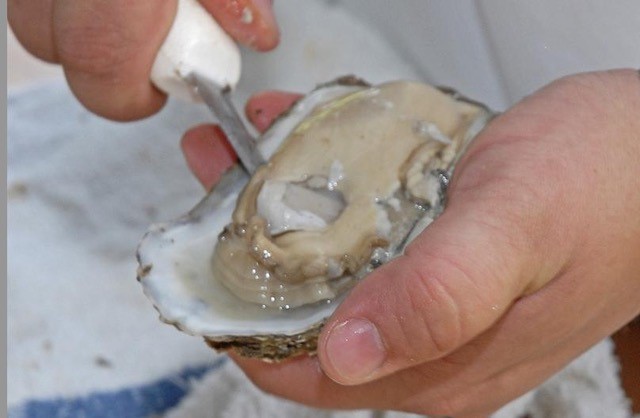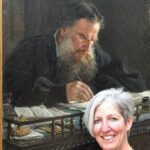
Author’s Note: “The poem began with a prompt—to show the beauty of something ugly. Having lived in the DMV all my life, and recently read a history of the Chesapeake Bay, I thought of the oyster. It is not attractive, but it is vital to the bay and, of course, delicious to eat. The poem imagines life from the oyster’s point of view.” ...[Continue Story]


















